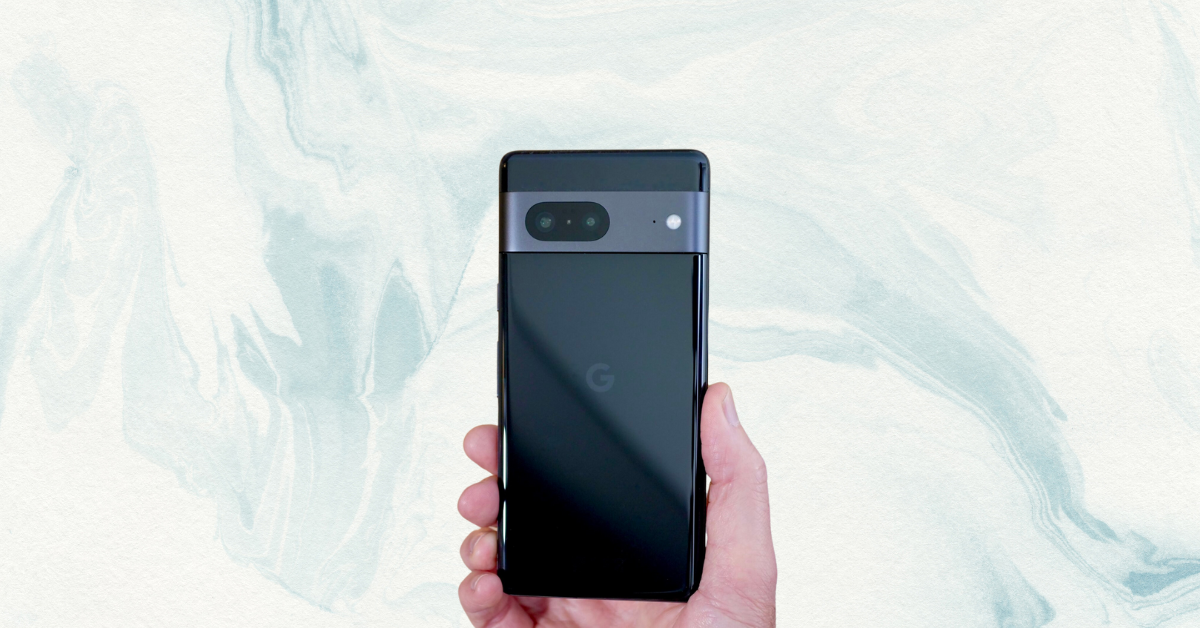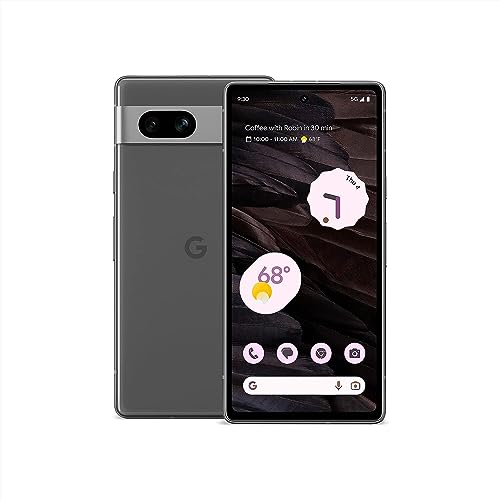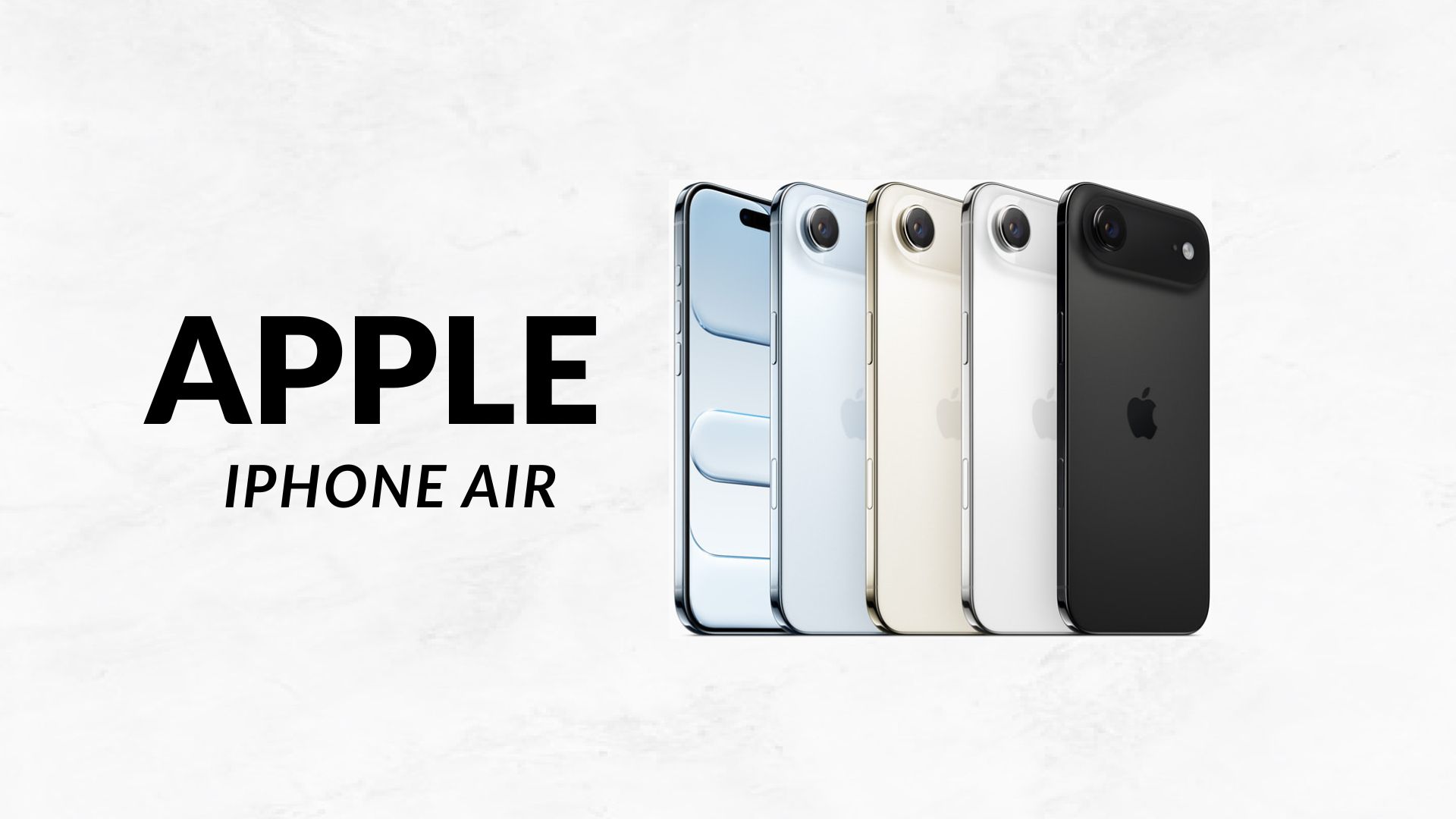Google’s Pixel lineup has consistently delivered premium Android experiences, and the Google Pixel 7 is no exception. With its sleek design, powerful camera system, and pure Android experience, the Pixel 7 is a serious contender in the smartphone market. In this article, we will explore everything you need to know about the Google Pixel 7, from its specifications to its real-world performance.
Table of Contents
Google Pixel 7: Key Specifications
Before diving into the details, let’s take a quick look at the Google Pixel 7’s core specifications:
| Feature | Google Pixel 7 |
|---|---|
| Display | 6.3-inch AMOLED, 90Hz refresh rate |
| Processor | Google Tensor G2 |
| RAM & Storage | 8GB RAM, 128GB/256GB storage |
| Cameras | 50MP (Main) + 12MP (Ultra-wide) |
| Front Camera | 10.8MP |
| Battery | 4,355mAh, 30W fast charging |
| Operating System | Android 13 (upgradable) |
| Security | Fingerprint sensor, Face Unlock |
| Connectivity | 5G, Wi-Fi 6E, Bluetooth 5.2 |
| Build | Aluminum frame, Gorilla Glass Victus |
| Colors | Obsidian, Lemongrass, Snow |
Design and Build Quality
The Google Pixel 7 features a sleek and premium design with a polished aluminum frame and a glass back. It maintains the signature camera visor from the Pixel 6 series but refines it with a more seamless integration into the frame. The phone feels solid in hand, offering IP68 water and dust resistance, ensuring durability in various conditions.
Despite its 6.3-inch display, the Pixel 7 is compact and lightweight compared to many flagship devices, making it comfortable for one-handed use. The choice of colors—Obsidian (black), Lemongrass (greenish-yellow), and Snow (white)—adds a touch of personality to the device.
- Fast Charging: Pixel 7a has a 24-hour battery life and supports fast charging up to 72 hours with Extreme Battery Saver …
- Advanced Camera: Pixel 7a has a 6.1-inch OLED display with 1080p video capture and a 64MP rear camera that performs well…
- Security Features: Pixel 7a has a 6.1-inch OLED display with 1080p video capture and a 64MP rear camera that performs we…
Display: Smooth and Vibrant
The 6.3-inch AMOLED display on the Pixel 7 provides vivid colors, deep blacks, and sharp details. With a 90Hz refresh rate, animations and scrolling feel smooth, though some users may wish for 120Hz like its Pro variant.
Google has optimized brightness levels, making the Pixel 7 easier to use under direct sunlight, with a peak brightness of 1,400 nits. The Full HD+ resolution (2400×1080 pixels) ensures crisp visuals for everything from browsing to watching videos.
Performance: Powered by Google Tensor G2
At the heart of the Pixel 7 is Google’s custom Tensor G2 chip, which improves upon its predecessor with better AI processing, improved efficiency, and enhanced security.
Real-World Performance
- Multitasking: With 8GB of RAM, the phone handles multiple apps without lag.
- Gaming: The Mali-G710 GPU ensures smooth gameplay, though it is not as powerful as flagship gaming chips from Qualcomm.
- AI and Machine Learning: Google’s AI-driven enhancements improve speech recognition, live translation, and voice commands.
- Security: The Titan M2 security chip adds an extra layer of protection against cyber threats.
The phone handles everyday tasks effortlessly, making it an excellent choice for users who value smooth performance and intelligent optimizations over raw power.
Cameras: A Photographer’s Dream
Google Pixel phones are known for their exceptional cameras, and the Pixel 7 continues this legacy with a 50MP main sensor and a 12MP ultra-wide lens.
Main Camera (50MP, f/1.85)
- Captures sharp, detailed photos with accurate colors.
- Improved low-light performance with Night Sight mode.
- AI-powered Super Res Zoom enhances digital zoom without losing quality.
Ultra-Wide Camera (12MP, f/2.2)
- Expands the frame for group shots and landscapes.
- Maintains color accuracy with minimal distortion.
Front Camera (10.8MP, f/2.2)
- Takes clear selfies with natural skin tones.
- Supports Face Unlock and 4K video recording.
Video Capabilities
- 4K recording at 60fps with HDR support.
- Cinematic Blur mode for a professional bokeh effect.
- Improved video stabilization for smooth footage.
Google’s software enhancements, such as Real Tone (for accurate skin tones), Photo Unblur, and Magic Eraser (for removing unwanted objects in photos), make the Pixel 7’s camera system one of the best in its class.
Battery Life and Charging
The 4,355mAh battery in the Pixel 7 provides all-day battery life, optimized by Google’s adaptive battery technology.
Battery Performance
- 6-7 hours of screen-on time under moderate use.
- Optimized battery efficiency with Android’s adaptive power management.
- Extreme Battery Saver mode extends usage by limiting background processes.
Charging
- 30W wired charging (charges 50% in about 30 minutes).
- Wireless charging support with reverse wireless charging.
While not the fastest charging in the industry, Google focuses on battery longevity rather than speed.
Software: The Best of Android
The Pixel 7 runs on Android 13, offering the purest Android experience with no bloatware and timely updates.
Exclusive Pixel Features
- Call Screening: Google Assistant filters spam calls.
- Live Translate: Real-time language translation without an internet connection.
- Voice Typing: Faster and more accurate speech-to-text conversion.
- At a Glance Widget: Shows essential info like weather, calendar events, and travel updates.
With at least 3 years of major OS updates and 5 years of security updates, the Pixel 7 remains future-proof compared to many Android competitors.
Connectivity and Additional Features
The Pixel 7 supports both sub-6GHz and mmWave 5G, ensuring fast and reliable connectivity.
Wi-Fi and Bluetooth
- Wi-Fi 6E provides faster speeds and lower latency.
- Bluetooth 5.2 ensures seamless wireless audio and accessory connectivity.
Security and Biometrics
- In-display fingerprint sensor is faster and more reliable than its predecessor.
- Face Unlock returns, offering a convenient alternative for unlocking.
Pricing and Availability
The Google Pixel 7 offers flagship-level features at a competitive price:
| Variant | Price (Approximate) |
|---|---|
| 128GB | $599 |
| 256GB | $699 |
For its price, the Pixel 7 provides excellent value, competing with devices like the Samsung Galaxy S22 and iPhone 14.
Pros and Cons
Pros
✔ Excellent camera performance with AI enhancements
✔ Pure Android experience with fast updates
✔ Compact and premium design
✔ Solid battery life with adaptive optimizations
✔ AI-powered features enhance usability
Cons
✖ No 120Hz refresh rate (limited to 90Hz)
✖ Slower charging compared to competitors
✖ Limited zoom capabilities (no telephoto lens)
Final Verdict: Should You Buy the Google Pixel 7?
The Google Pixel 7 is one of the best Android smartphones for users who want a powerful camera, clean software experience, and AI-driven optimizations. While it may not match gaming-focused or ultra-premium flagships in raw power, it excels in day-to-day usability, photography, and software updates.
If you value a well-balanced smartphone with great cameras and Google’s best software features, the Pixel 7 is an excellent choice in 2024. Click here to go to Amazon.com
FAQs
1. Does the Google Pixel 7 support 5G?
Yes, it supports both sub-6GHz and mmWave 5G networks for fast connectivity.
2. Is the Pixel 7 better than the Pixel 6?
Yes, it features a refined design, better performance, improved cameras, and longer software support.
3. How long will the Pixel 7 receive updates?
Google promises 3 years of OS updates and 5 years of security updates.
4. Can the Pixel 7 handle gaming?
Yes, it can run most games smoothly, but it is not the best for high-end gaming.
5. Does the Pixel 7 have a headphone jack?
No, like most modern flagships, it lacks a 3.5mm headphone jack.










Leave a Reply